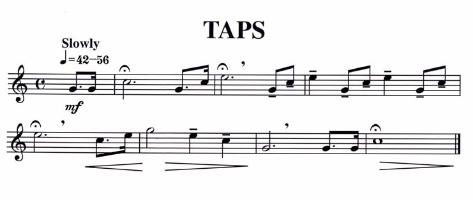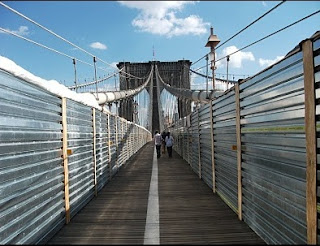Brooklyn Law School students doing research in UK or EU law can access Justis and JustCite on the BLS Library A-Z list. Justis is a full-text online legal library of UK, Irish and EU case law dating back to 1163 and legislation from 1235. BLS access to Justis for cases is to the Law Reports (1865-) and Weekly Law Reports (1953-) and to statutes (1235-), statutory instruments (1949-) and earlier regulations (1671-) in original form. For more detail on coverage, see Jean Davis’ English Legal Sources Available through BLS Library.
Features on the latest version of Justis include:
•All UK legislation including repealed acts and measures
•Quick searches for faster retrieval of vital information
•Partial reference and simple keyword searching
The companion site, JustCite, is a legal search engine and citator that links to content from a range of publishers with links to full-text material on leading online services. It cross references cases, legislation and articles covering all major law series in the UK and links to all major legal databases including Westlaw, Lexis Library, Justis, for which the Brooklyn Law School Library has a subscription. One search will find the cases, legislation and articles for the researcher; see whether it is still good law; and then link through to that item by choosing one of the databases to which the BLS Library subscribes and it has:
•Indexing of over 425,000 cases, including transcripts and unreported judgments
•Details whether a case is still good law, allowing for fast decisions on the value of a precedent
•Cross-links between cases, legislation and journal articles
•Full legislation amendment trails
The new interface allows the user to see the relationship between documents easily and gives snapshots of the status of a case as shown in this image of the JustCite Precedent Map. The first view of the map displays the case in the center of the screen with cases around with which it has a relationship.

Cases cited by the case the researcher entered appear on the left-hand side of the screen, and cases which cite that case appear on the right. They are ordered chronologically, in a clockwise direction. The oldest case cited appears in the lower left, and the most recent citing case appears in the lower right. A green connector indicates a ‘positive’ relationship. Yellow indicates a ‘neutral’ relationship. Red indicates a ‘negative’ relationship. The size of the orbiting cases is proportional to the number of relationships shared with the case in the center. A JustCite Web Demo is available at this link.






 A CALI podcast on the RAP is available
A CALI podcast on the RAP is available 